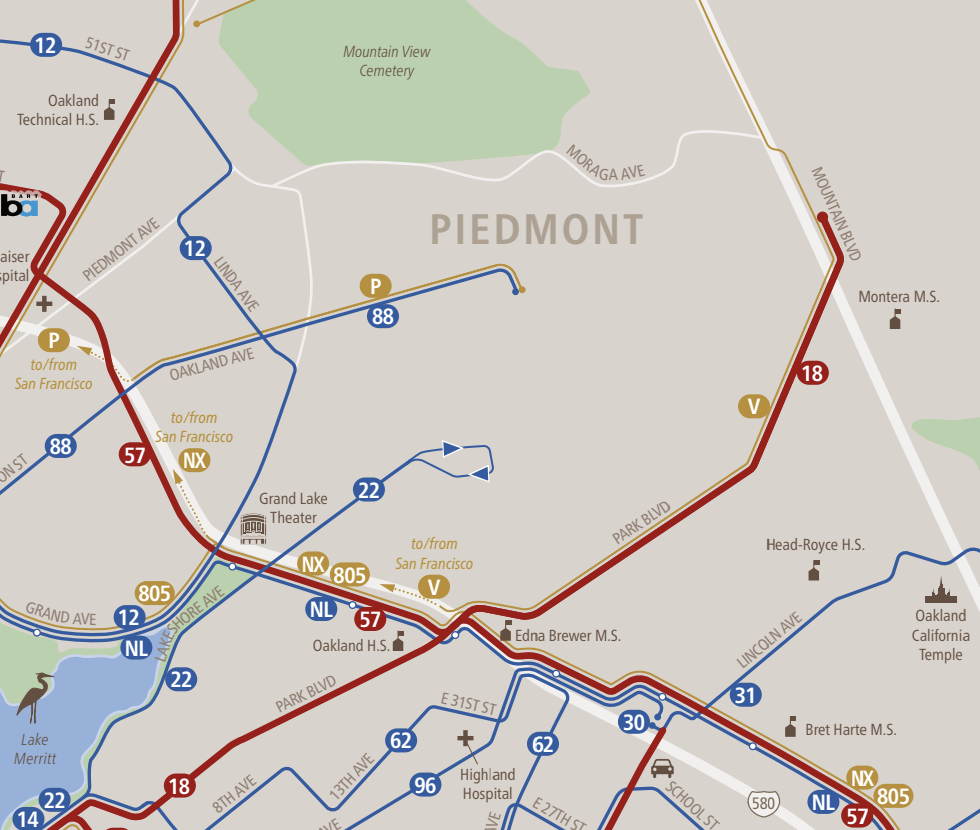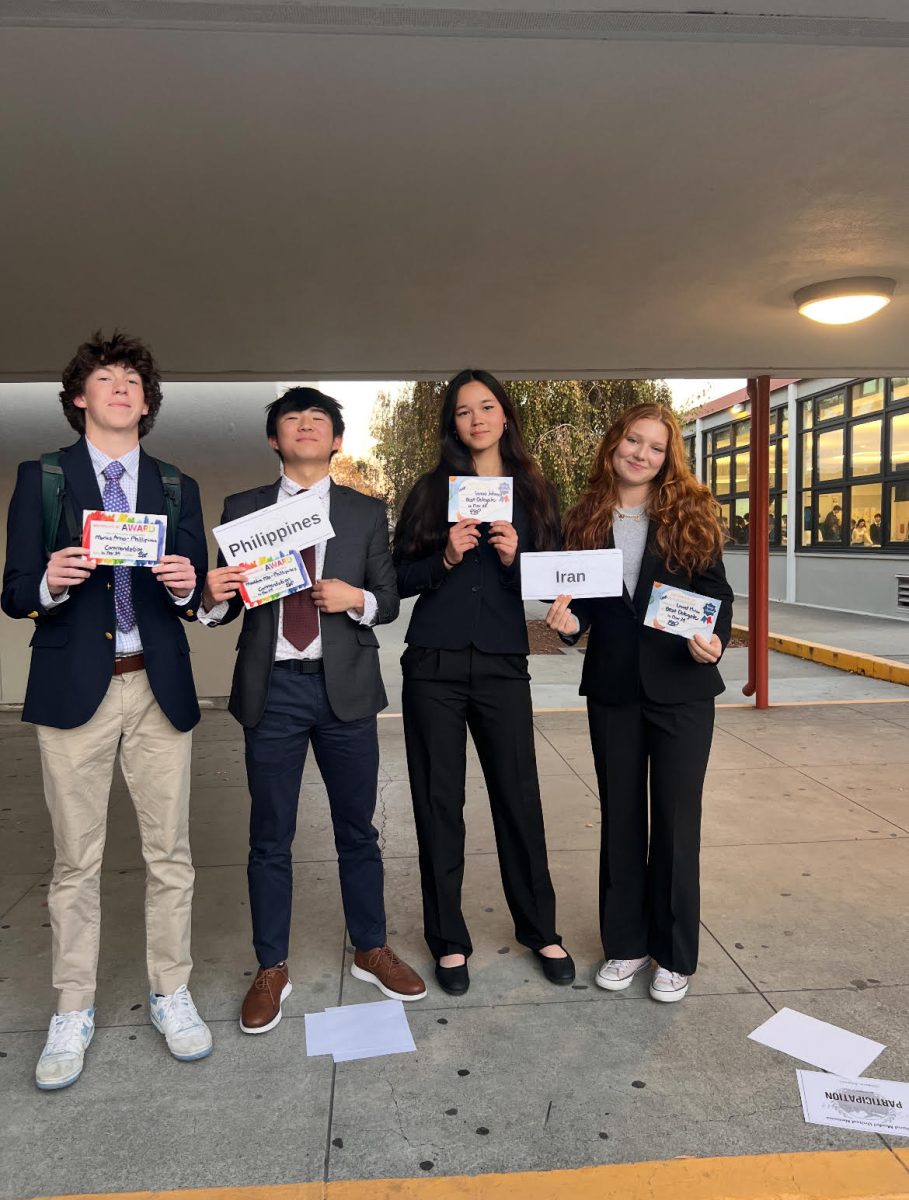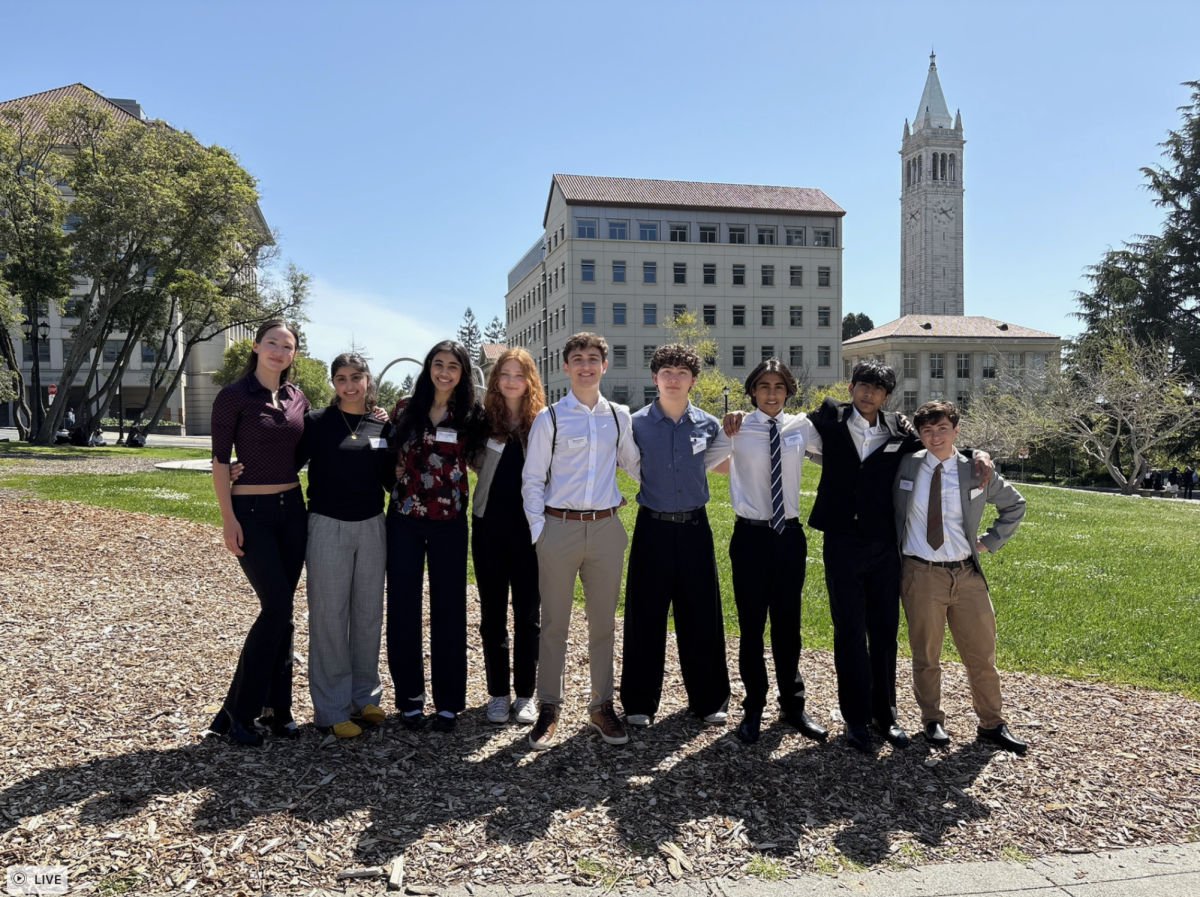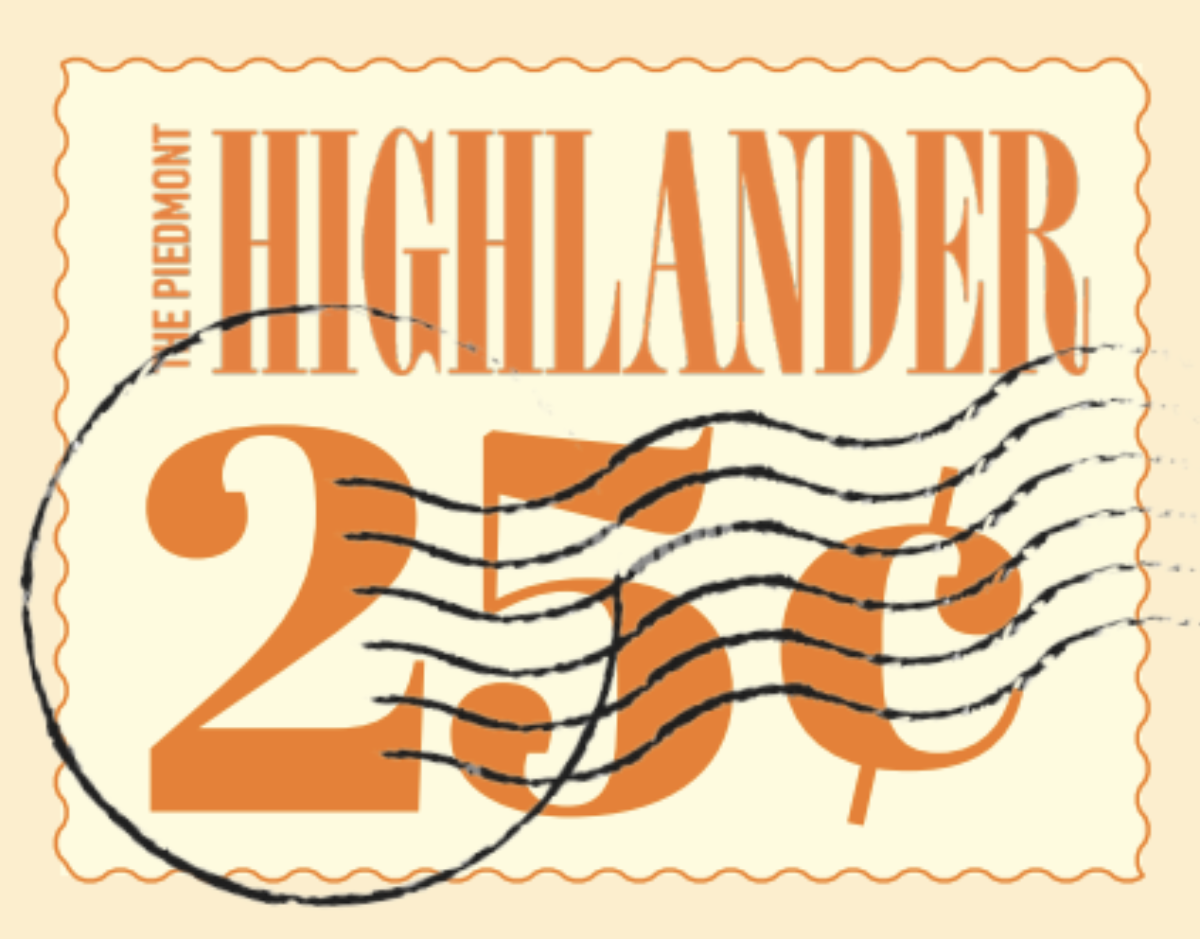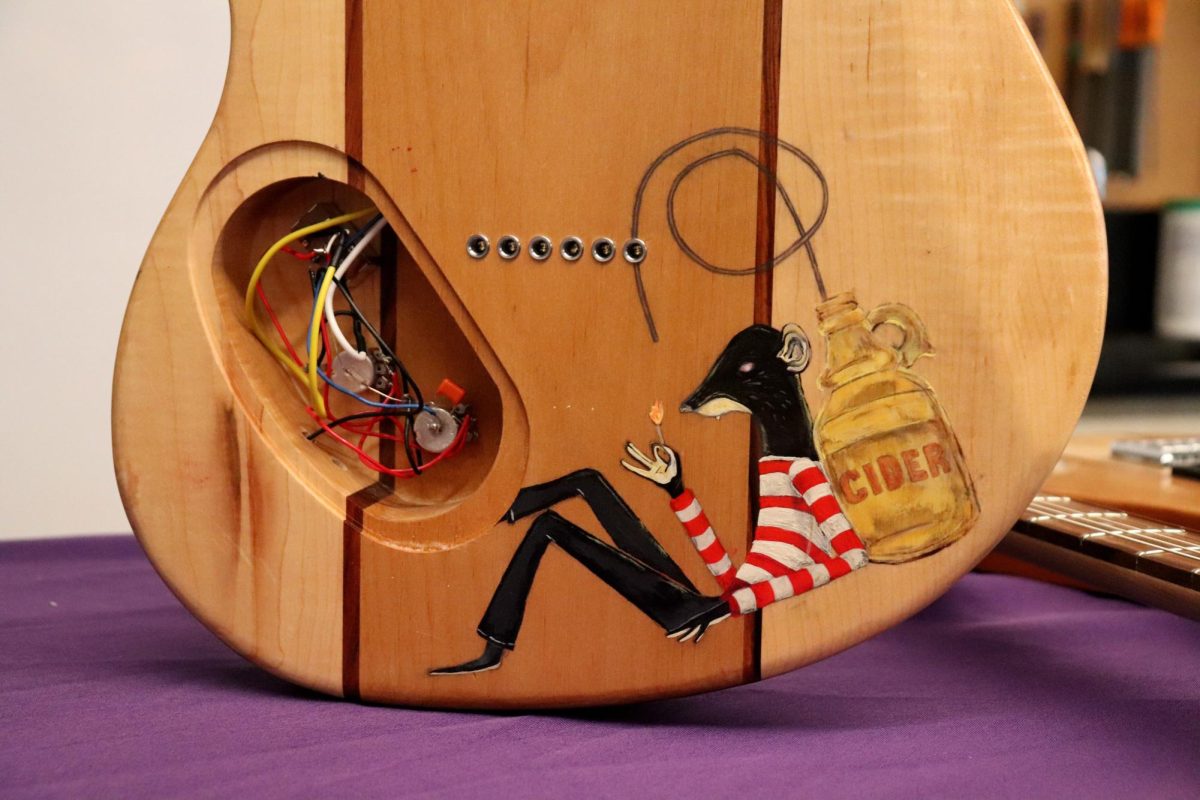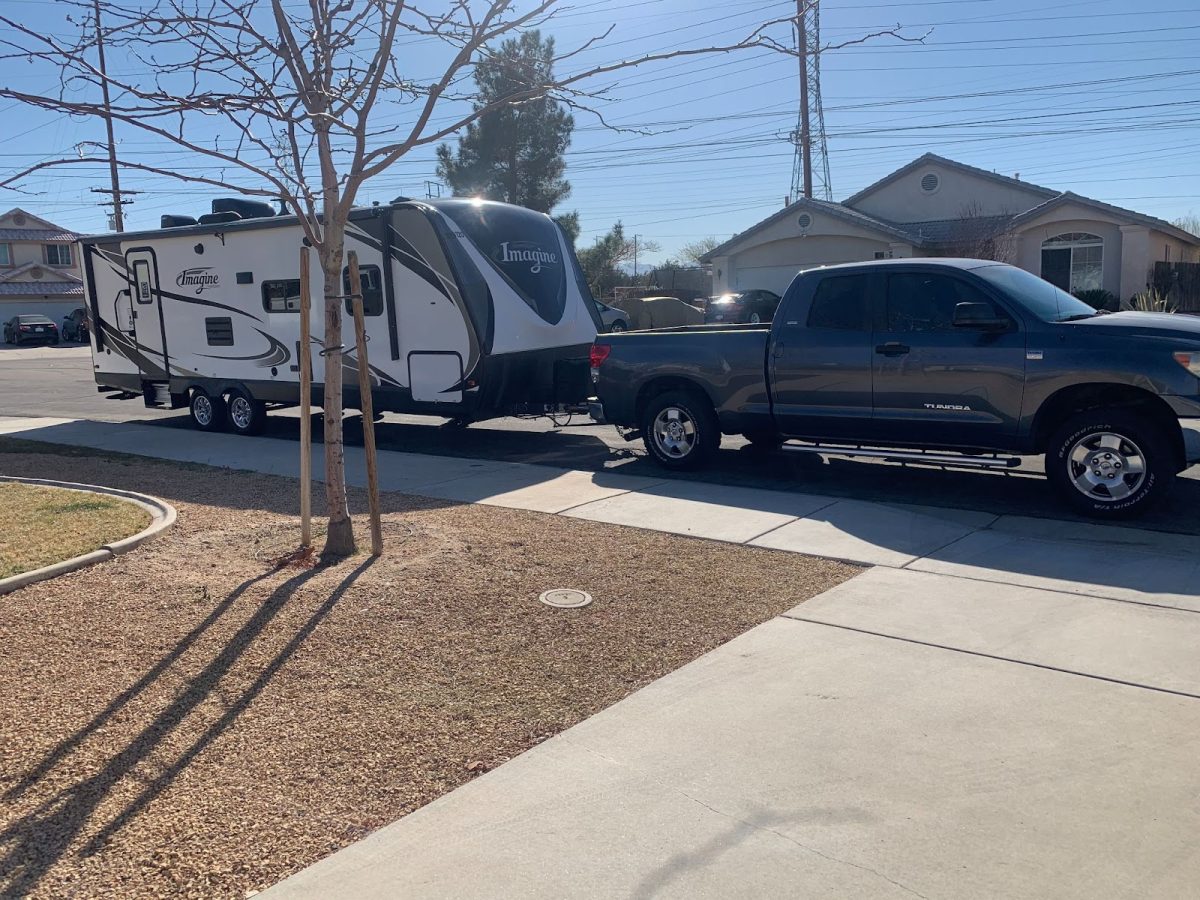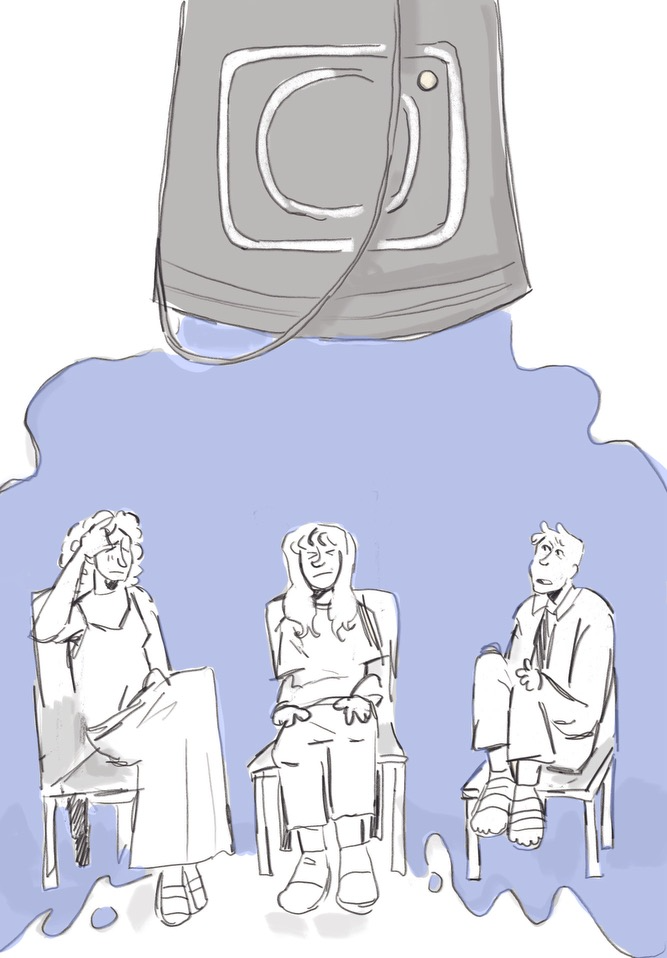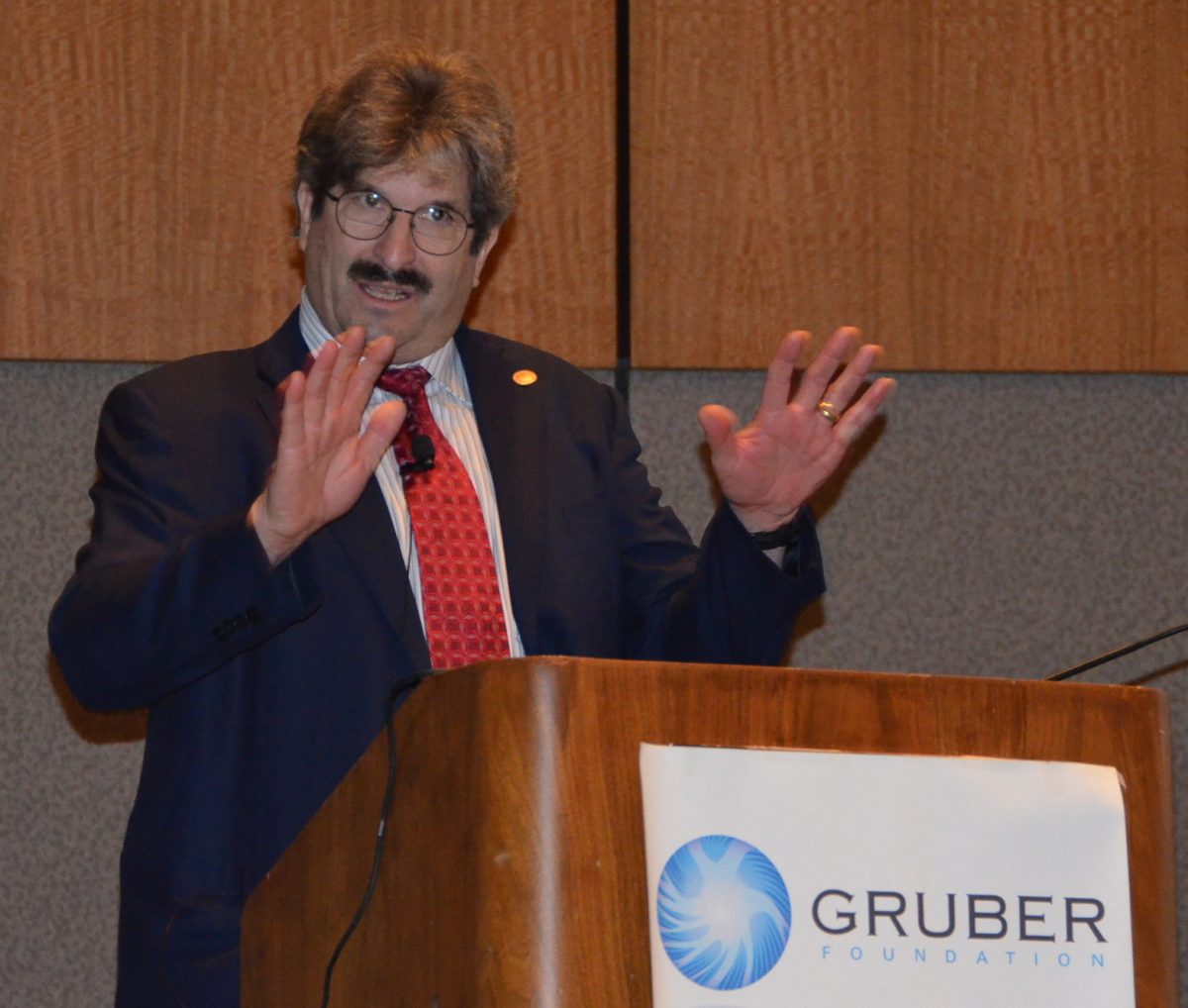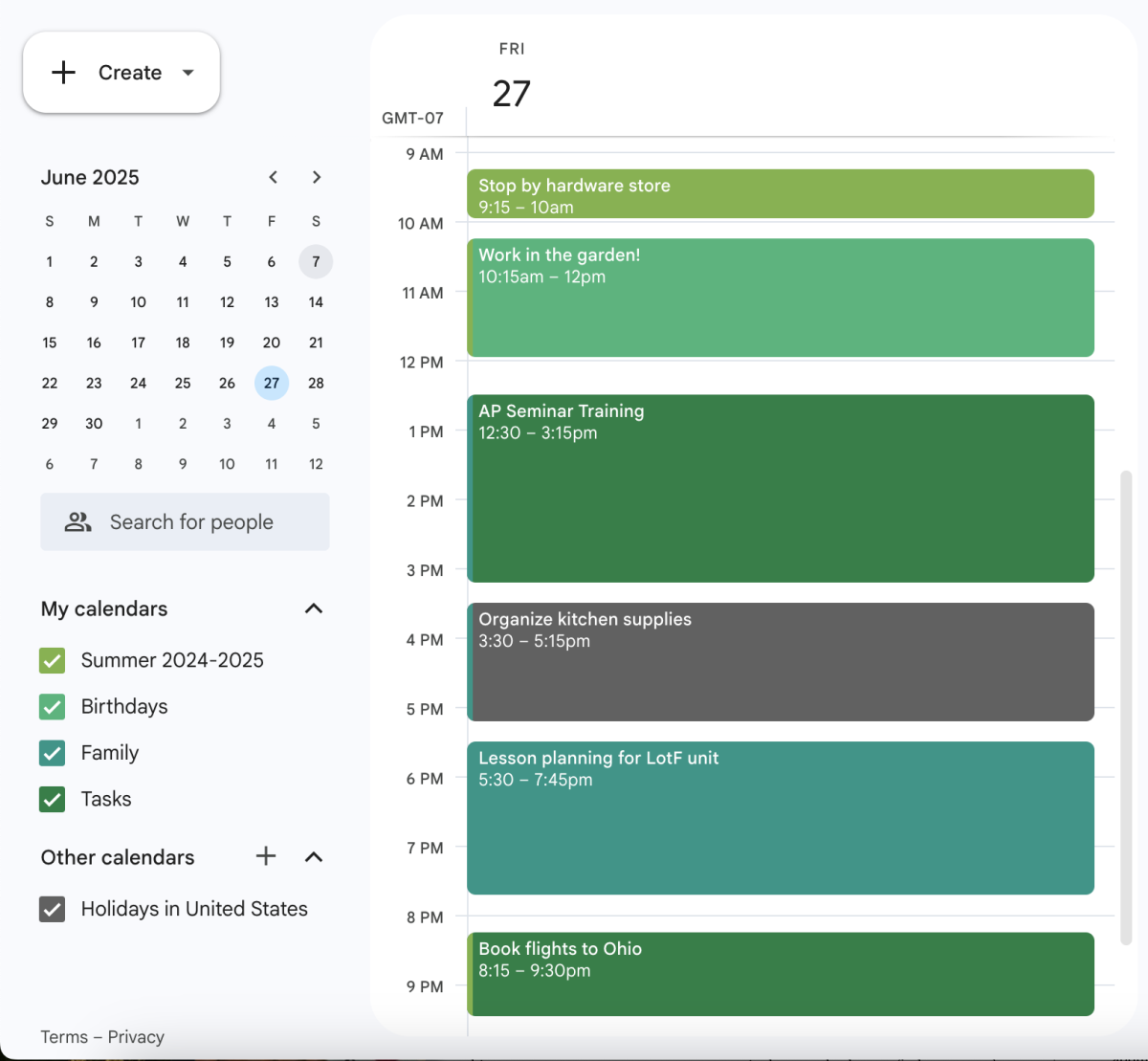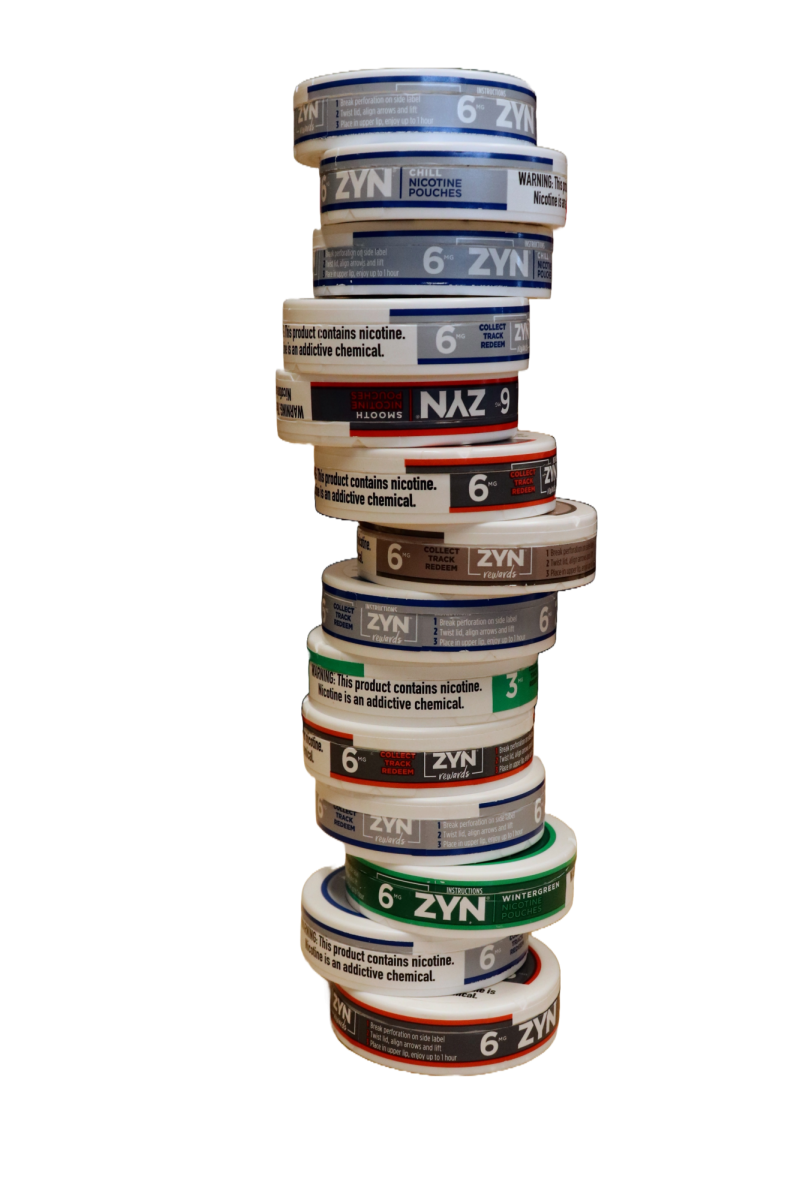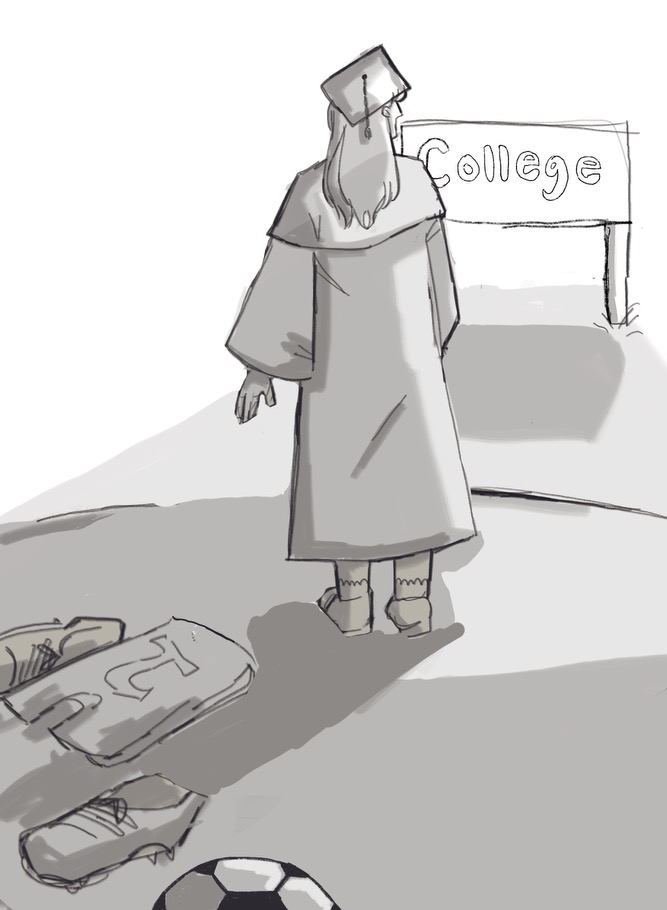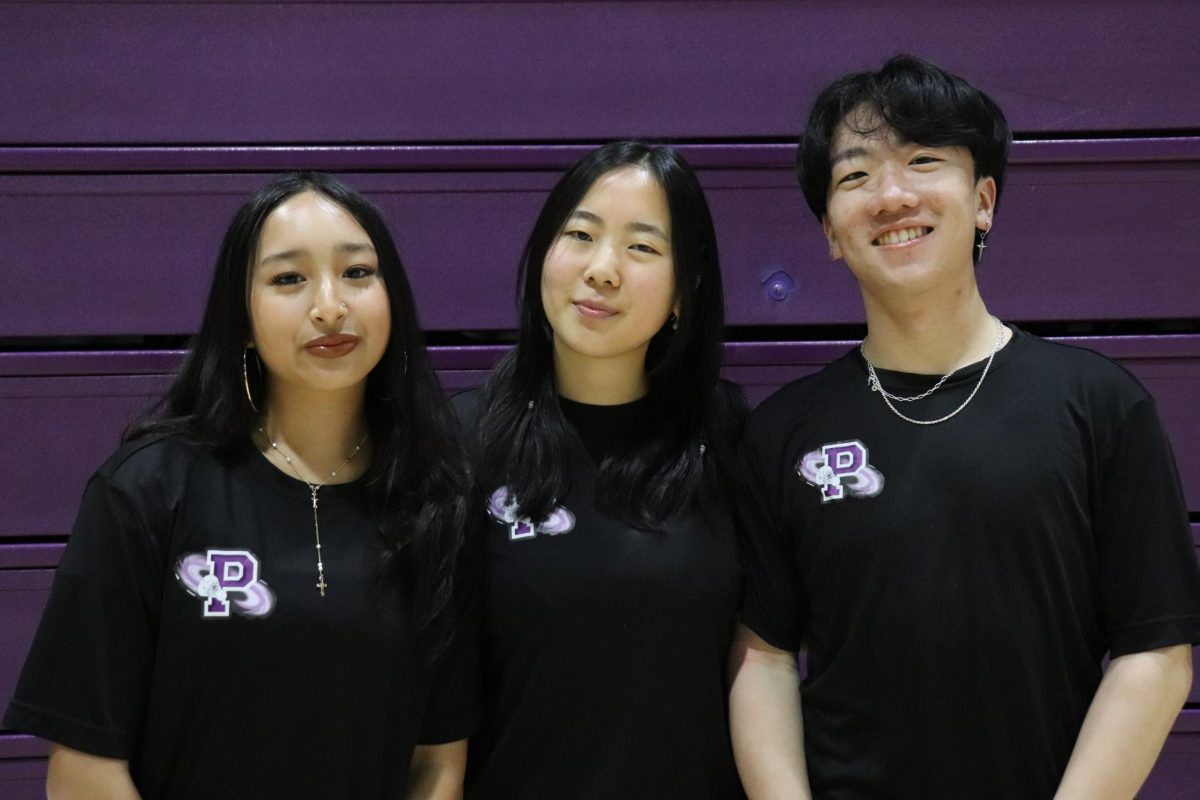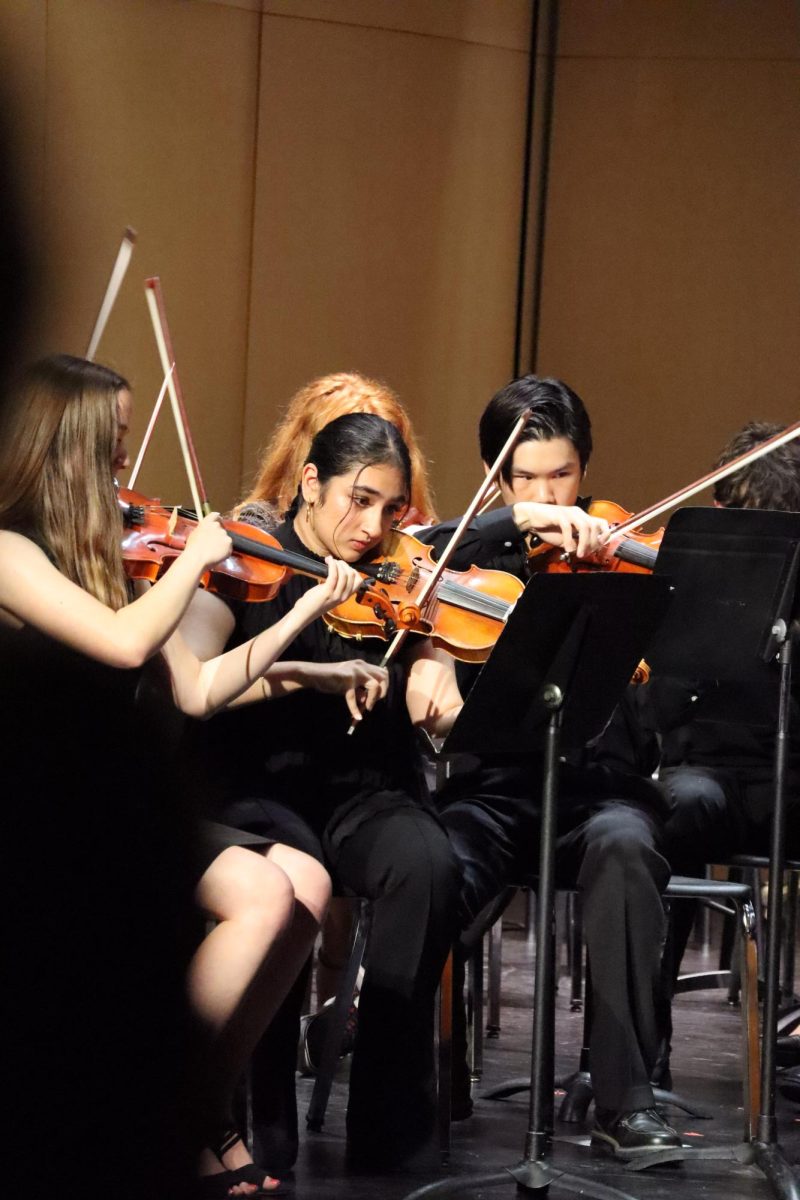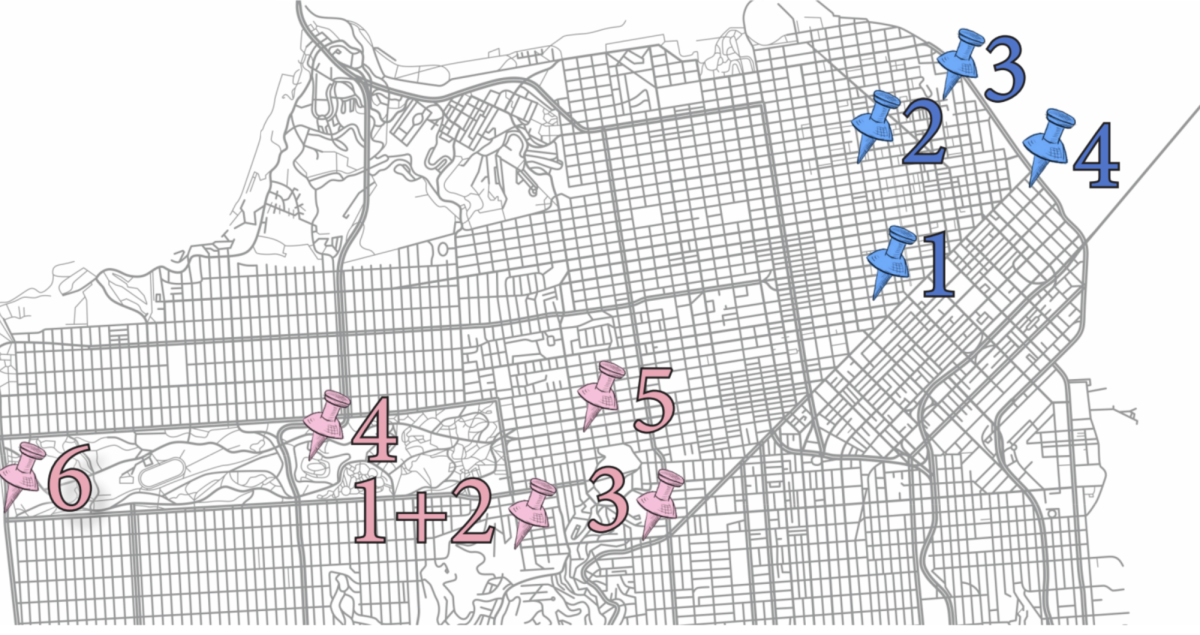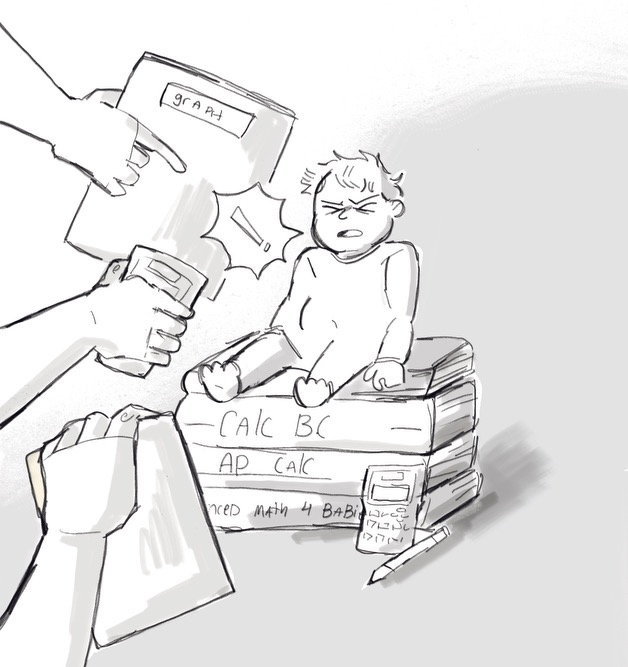
Every year, students stare at their computer screens, repeatedly scanning the course catalog in an effort to decide what classes they will take in the upcoming year. For some students, this is a quick, easy process, however, others may find it more difficult to find interesting and engaging courses that they want to take, choosing electives that simply fill up their schedule and not because they will enjoy the class.
PHS offers a wide variety of electives, ranging from culinary arts to ethnic studies. Underrepresented in this repertoire, however, are electives that teach skills relating to leadership, ethics, cooperation, and personal responsibility. A Junior Reserve Officers Training Corps (JROTC) program would allow students to learn and improve upon these skills through a highly rewarding curriculum and environment. I believe that it is worth it for the PHS administration to pursue starting such a program in upcoming years.
JROTC is a federal program sponsored by the US Military in high schools across the nation. According to the Congressional Research Service, the purpose of the program is to develop values of citizenship, self-confidence, and discipline in students. The curriculum includes coursework on leadership, civics, geography and global awareness, health and wellness, and history, as well as branch-specific courses, such as Aerospace Engineering for Air Force JROTC and Seamanship for Navy JROTC.
Although JROTC exposes participating students to a potential career in the military, there is no obligation to serve, and recruitment is not the goal of the program; character development is. JROTC cadets learn how to effectively work as a team and be a leader, through co-curricular activities such as STEM labs, academic and physical competitions, and drill teams.
“I think [a JROTC] program offers tremendous leadership opportunities and allows students to learn a lot about citizenship,” PHS Principal Adam Littlefield said.
Not only do students learn valuable skills, but they also forge strong connections and relationships with their fellow cadets, which could be valuable to students who are struggling socially or mentally throughout high school. According to the Federation of American Scientists, several studies have found positive correlations between JROTC participation and school attendance, graduation rates, reported self-esteem, and lower rates of disciplinary action.
“I think a lot of students [at PHS] could benefit from a JROTC program,” junior Oliver Maxwell said. “Socially, physically, and academically.”
With this said, a JROTC program requires resources. While there is no set amount, the only expense that the district would have to pay is the MIP (Minimum Instructor Pay), as JROTC is funded almost entirely by the government. The MIP is the difference between officially retired pay and active duty pay that the JROTC instructor would receive if ordered to active duty. Further, the branch that correlates to PHS’s JROTC program would reimburse the school half of this expense.
In addition to the necessary resources, the most important consideration is student interest. The district is not going to offer a new course or program unless there are willing student participants.
“The driving force [for starting a JROTC program] would be students who show interest and want to help explore the opportunity to start a program,” Littlefield said. “Most of the things [the district] does is because there’s been student interest.”
Having a JROTC program at PHS would expose participating students to valuable skills, strong bonds with other students, and new possible career opportunities. It would contribute to PHS’s environment of strong character and self-responsibility, and make a positive impact on not only the cadets but all PHS students. In the future, the district should gauge student interest and consider establishing a JROTC Program, as it will develop students to live up to our school motto: Achieve the Honorable.
